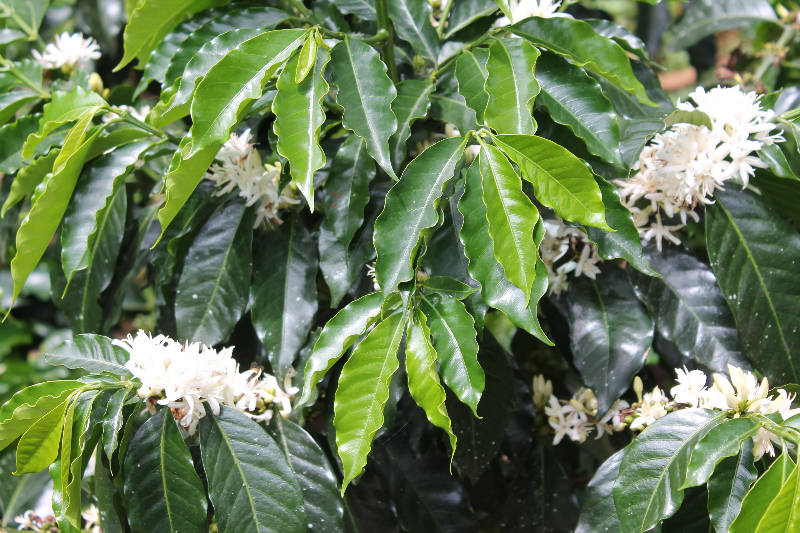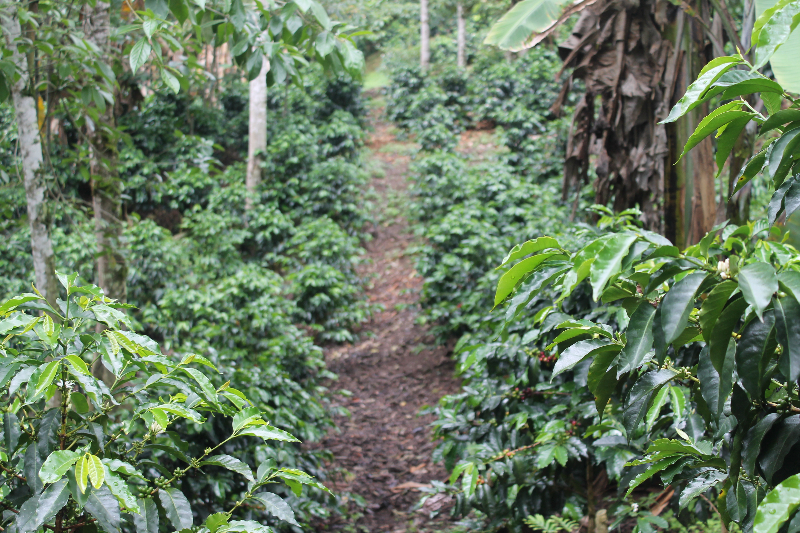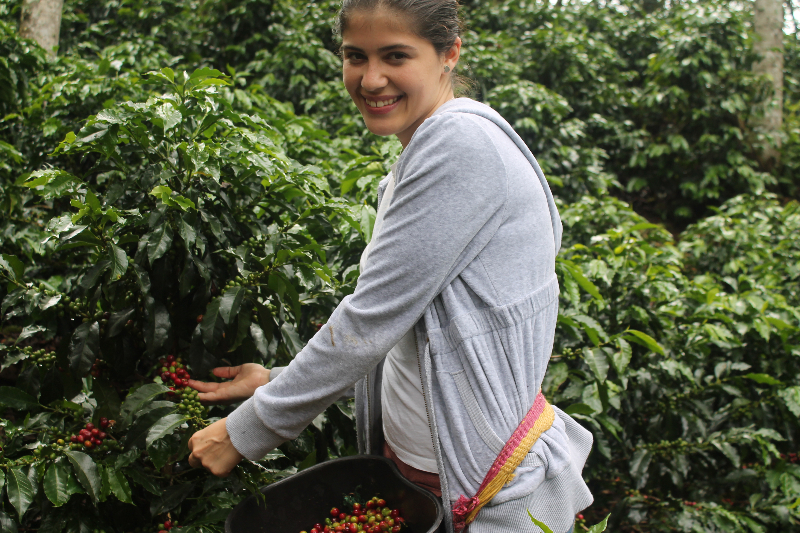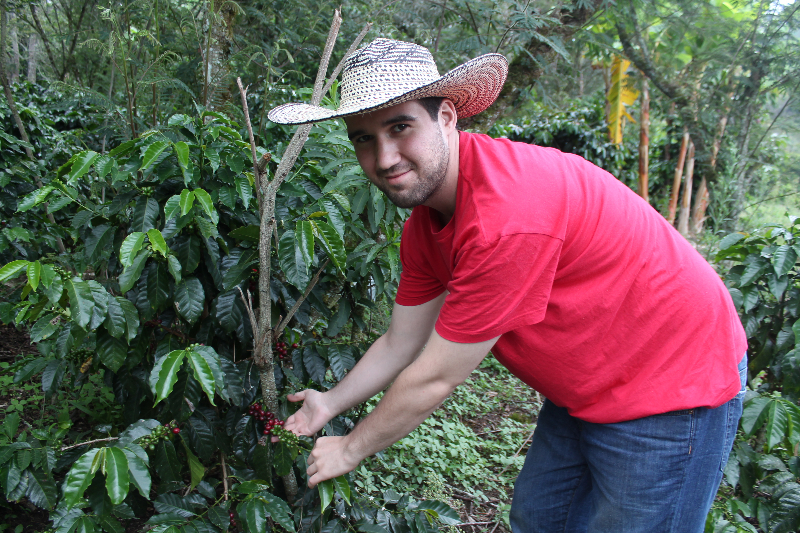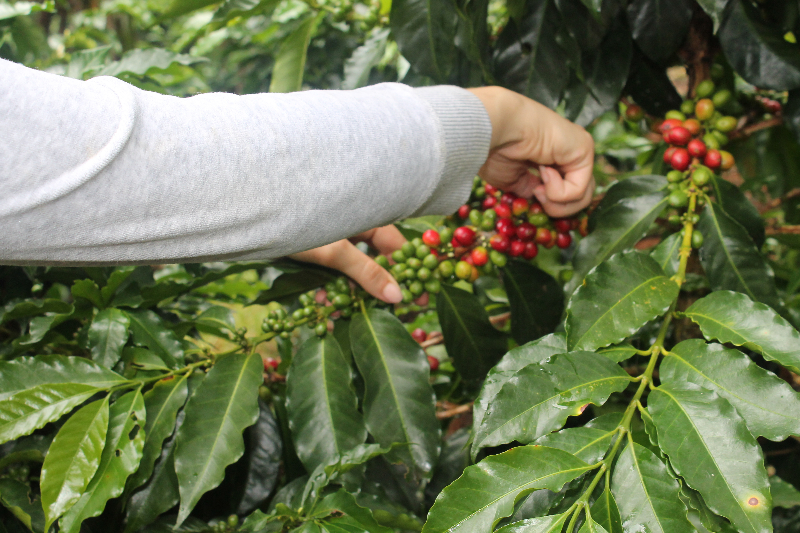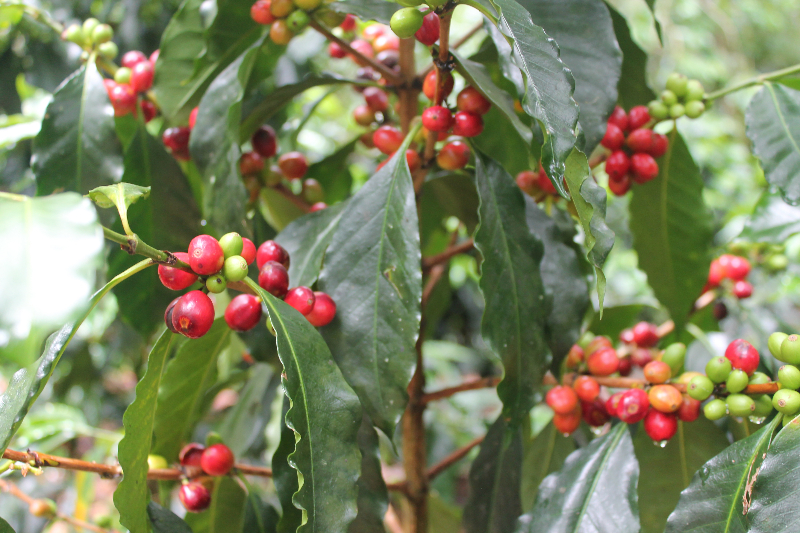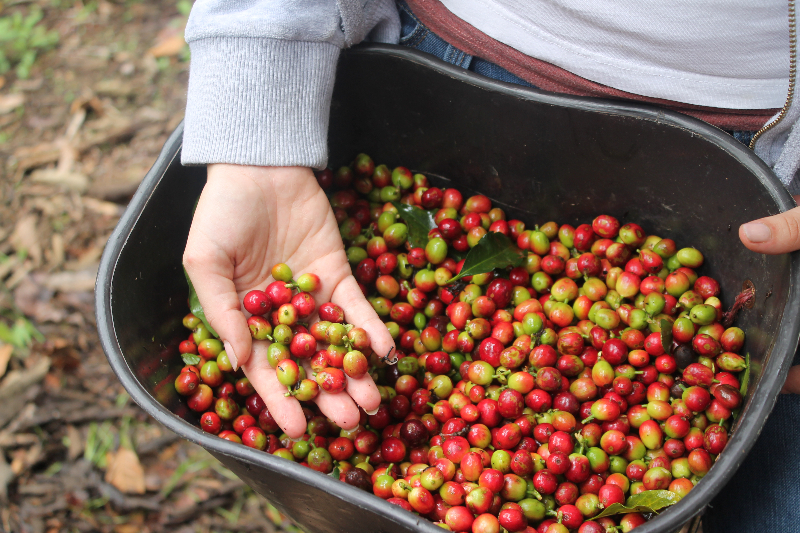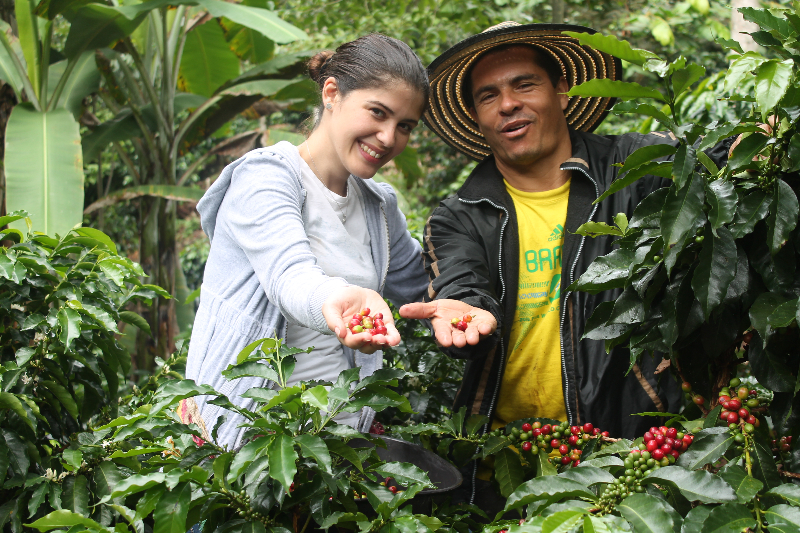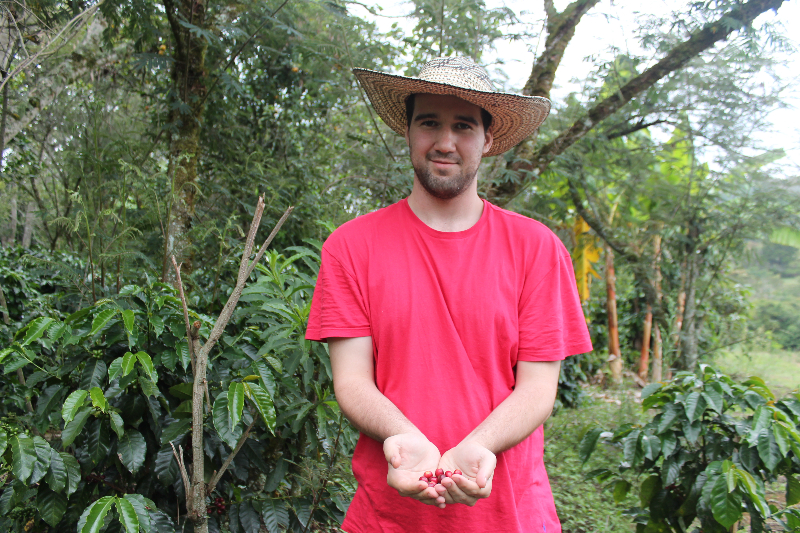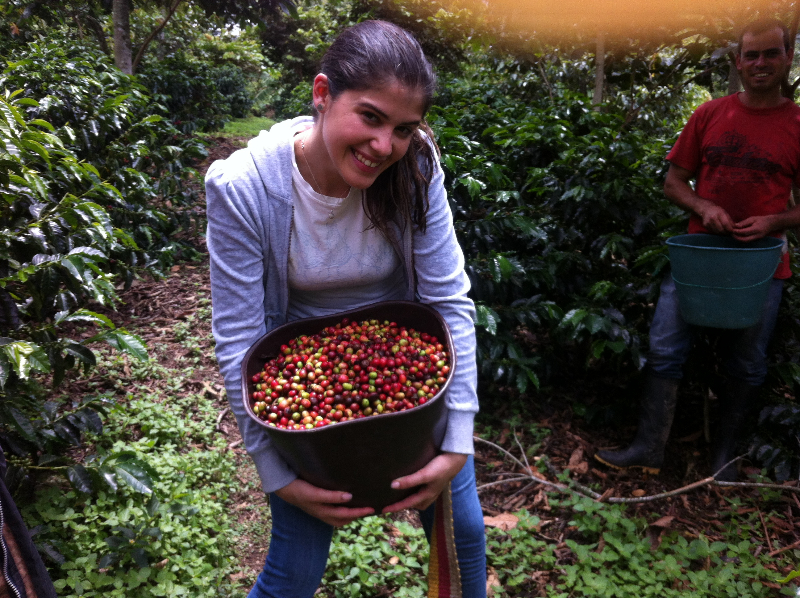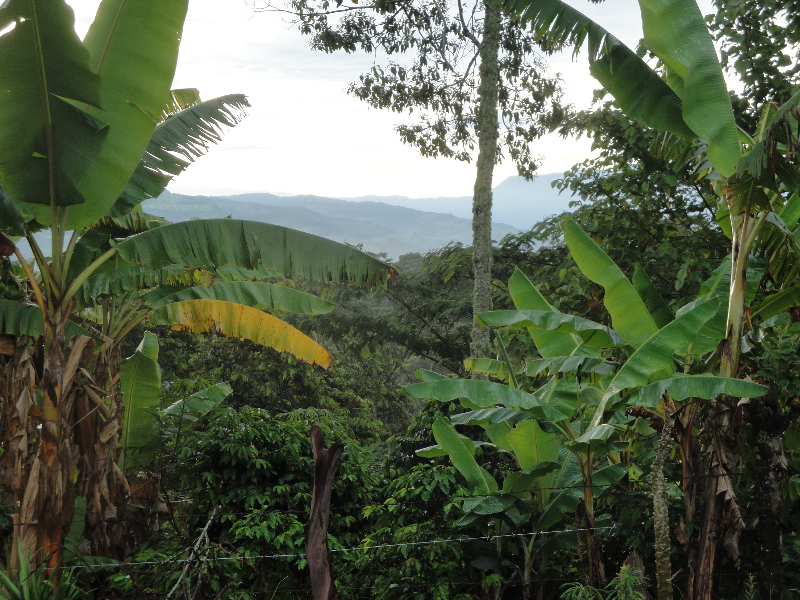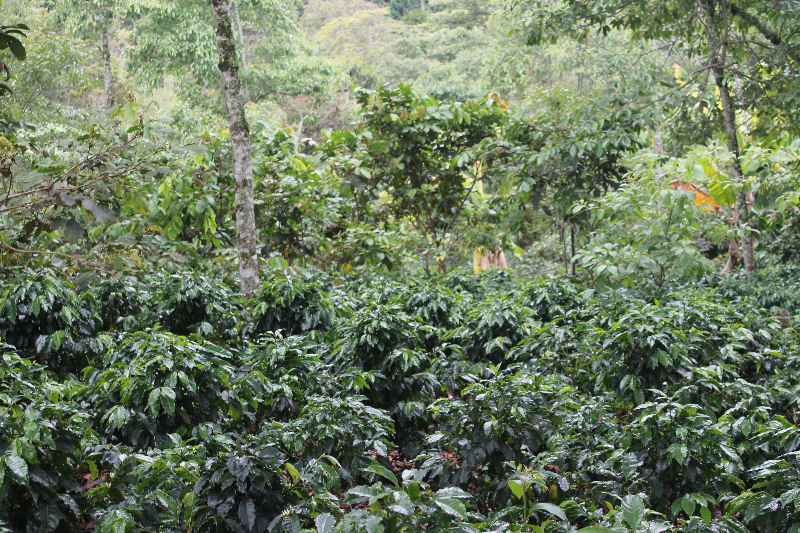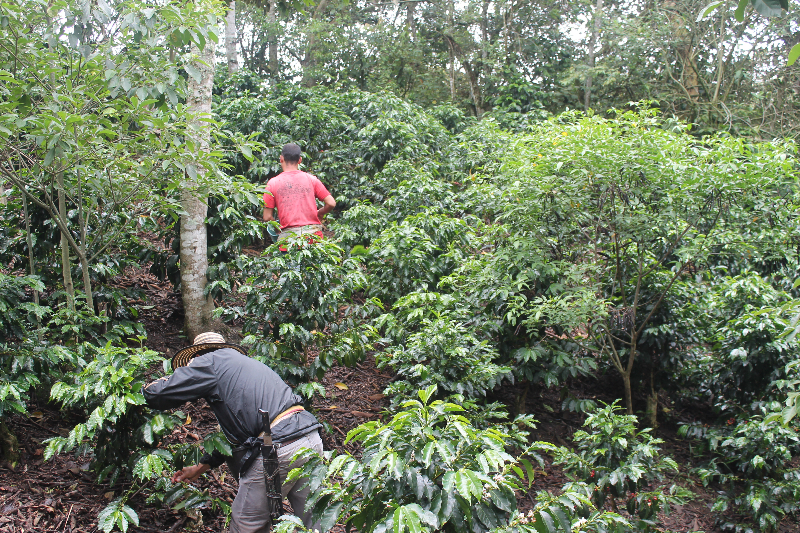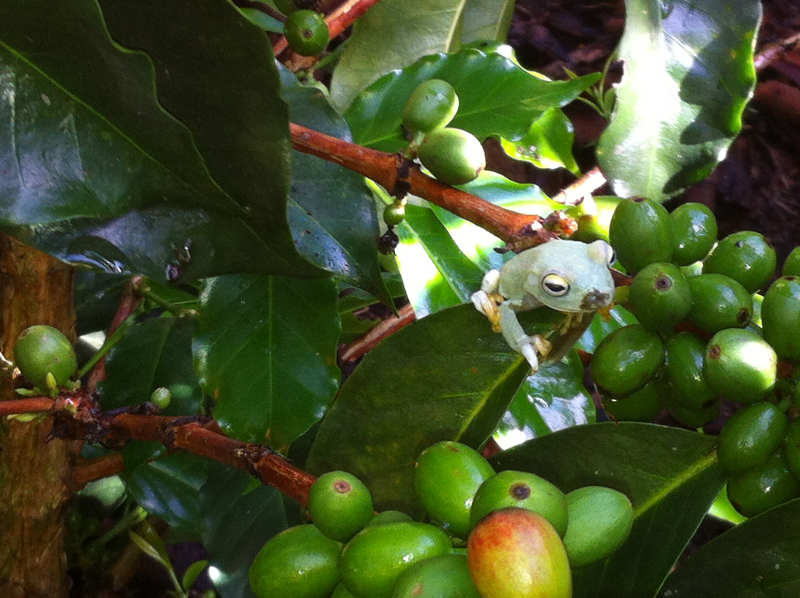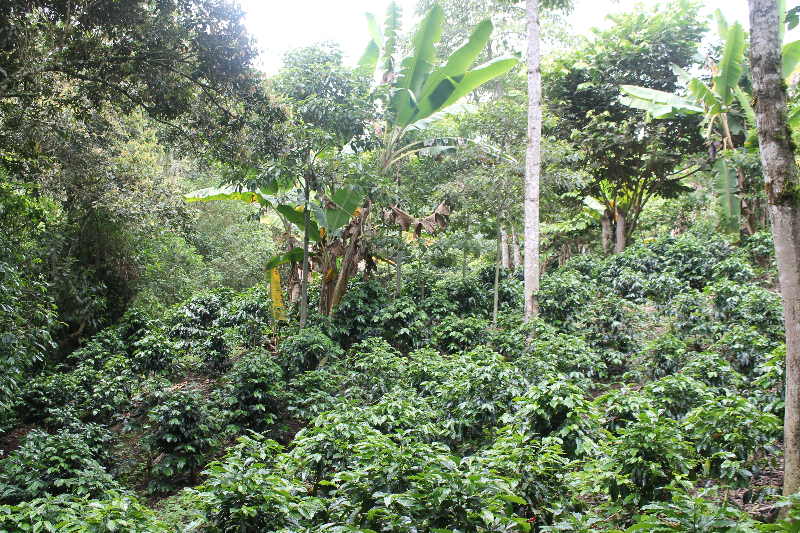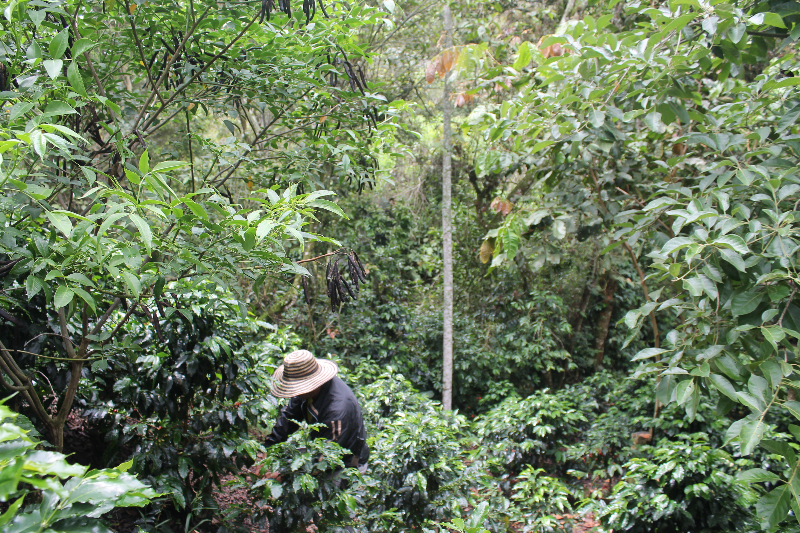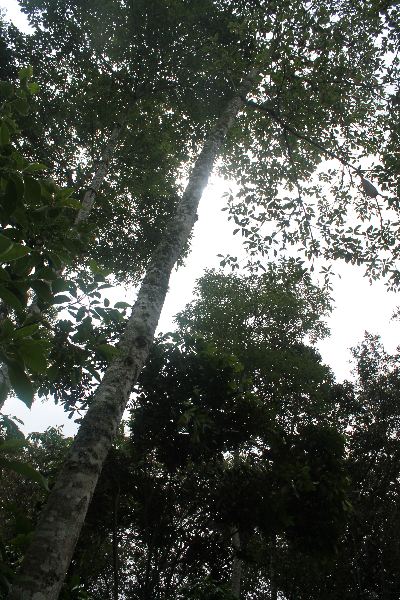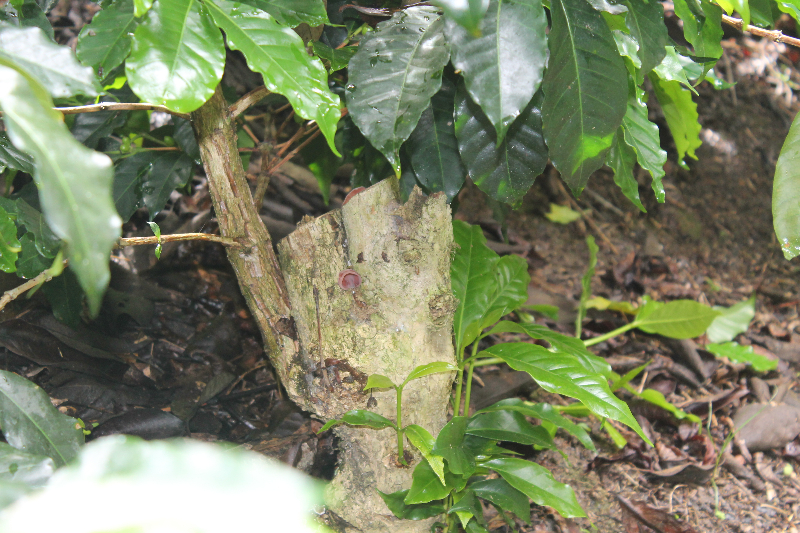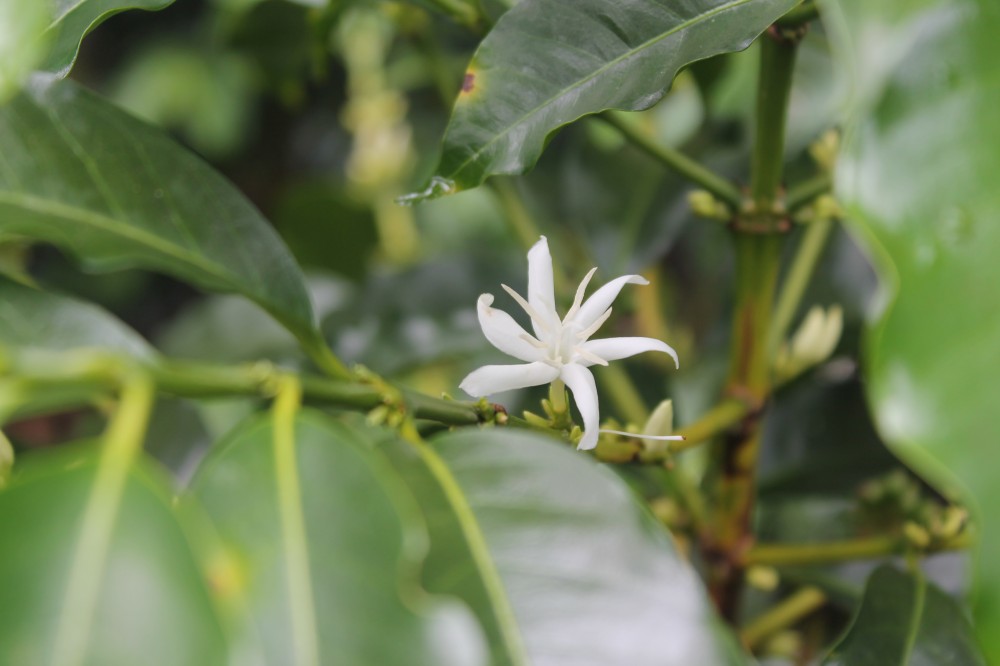Colombia Expedition Part 1: How High Quality Colombian Coffee is Grown
While all of our Kickstarter backers wait for their cubes to arrive, we owe you all some know how on coffee, how it’s grown and all of the factors that affect the taste profile. We were lucky enough to visit in time for the light coffee harvest, a secondary harvest that occurs between the months of April through June. This gave us the opportunity to get hands-on and help the farmers pick red coffee beans. It also let us learn more about what goes into growing High quality Colombian Coffee beans.
We were in the Ocamonte region (Santander), known for the high quality coffee that they produce. The higher altitude in Ocamonte (4,500+ feet above sea level) contributes to the smooth, balanced acidity and bold flavor because at higher elevations better runoff reduces the amount of water in the fruit. The reduction of water results in a further concentration of flavors. Mineral rich volcanic soil from the Andes Mountains, higher elevation and the associated cooler weather cause the beans to take longer to ripen. The longer ripening period allows floral and fruity tones to fully develop.
The mountainous climate is also perfect for the coffee beans because the temperature constantly averages at about 17 C- 23 C (or about 62 F- 74 F). This is the ideal for the Arabica plant because they can perform well-regulated photosynthesis and they don’t fear frostbite either. It is also warm during the day (12 hours) and colder at night (12 hours).
This daily weather pattern complements the natural cycles of the coffee plant and in turn it contributes to the smooth, balance acidity. Another important factor we noticed is the way the sun hits the coffee beans and the relationship that farmers take with the sun. Direct exposure causes the coffee become more acidic and bitter. Depending on the town’s geographic condition and the growing practices of the farm, the coffee produced can taste completely different.
We wanted the smoothest and most consistent cup of coffee so we sought out farmers that use the “bosque” method, a rustic or traditional poly-culture, which utilizes an ecosystem of shade trees to block the coffee from the sun direct exposure and fruit trees for flavor, providing diversification for the farmer and a rich habitat for wildlife (like the little frog that visited us while picking coffee.)
A shade tree is a tree that grown over the coffee plants to protect them from sun rays. Often nitrogen-regulating legumes called guamo tree are used. Over 6 different guamo varieties can be seen in the pictures here, creating a multi-layered canopy of shading for the plants. Bananas, orange and passion fruit trees grow scattered long the farm providing the complex fruity and nutty tones to the coffee beans. Colombians take their coffee quite seriously!
They even celebrate the generations of each of their plants, keeping track of each grandchild or great grandchild of plants they had planted, some as long as 7 years ago without even having to take a look. We learned that a plant will tell you which generation it is based on what stalk it shoots off from, making it way easier for farmer newbies like us to figure it out.
It turns out that the further along we get through our little Jiva journey the more we have realized that the coffee we love so much is a very delicate, detailed and tedious process.
Cultivation of Colombian coffee, truly is a labor of love.

